A Beginner's Guide to Using Wide Angle Zoom Lenses
More Photo Tips | Video Gallery | Photo Gallery | Enewsletter sign-up
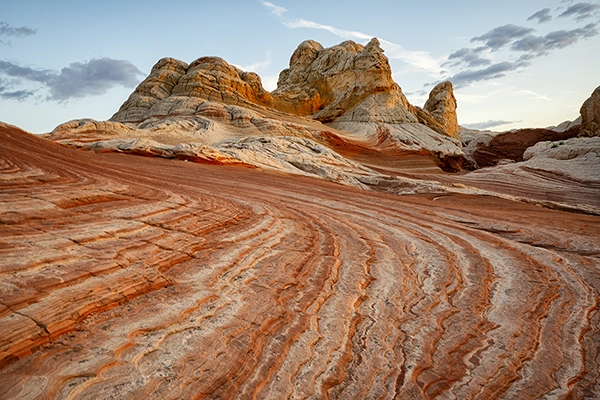
Click to view larger
The lens you use on your camera has a great effect on the types of images you can create. Landscape photographers, street photographers, and event photographers capturing large groups all prefer wide angle zoom lenses.
What is a wide angle lens?
A wide angle camera lens has a focal length range that lets you capture a wider field of view compared to a standard lens. This means you can fit more into your frame, making it perfect for landscape photography, architecture, and group shots.
Wide angle zoom lenses are more versatile than fixed focal length wide lenses. A zoom lens includes various focal lengths, making it easy for you to experiment with different compositions.
Wide lenses have a short focal length. The short focal length provides a wide field of view so that you can capture more of the scene in your shot.
A lens with a focal length of 35mm or wider is a wide angle lens for full frame cameras. A lens with a focal length of 24mm or wider is considered an ultra wide angle.
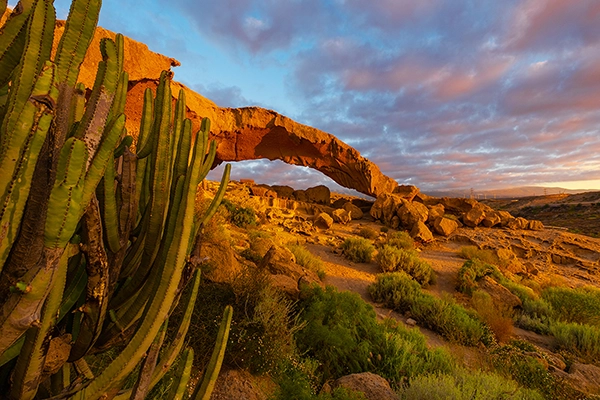
Click image to view larger
Ultra wide angle zoom lenses start at approximately 17mm for full frame and 11mm for APS-C mirrorless cameras. The 28mm focal length is a common starting point for those new to wide angle photography. Many wide angle lenses and ultra wide angle zoom lenses cover this focal length.
How do I use a wide angle zoom lens?
• When shooting with a wide angle zoom lens, it's important to pay attention to your composition. Because these lenses capture more of the scene, it's easy for distracting elements to creep into the edges of the frame. Be mindful of your framing and try to keep your subject as the focal point of your image.
• Using wide lenses can make faraway subjects seem even farther away and small in the frame. Ensure there is a prominent subject within the frame to anchor the composition.
• When photographing vast landscapes, adding a foreground element provides a focal point, guiding the viewer's eye through your scene.
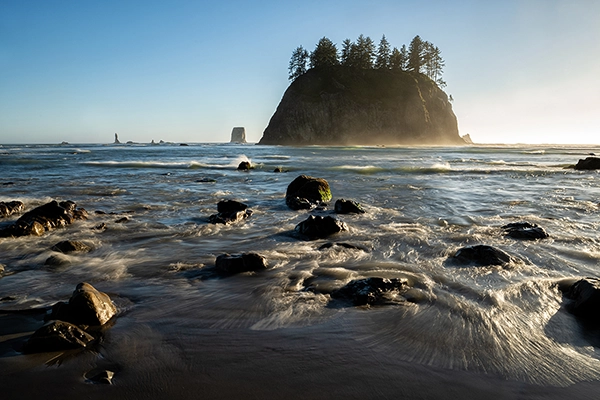
Click image to view larger
• Additionally, positioning the subject closer to the lens enhances the sense of scale, directing the viewer's attention effectively.
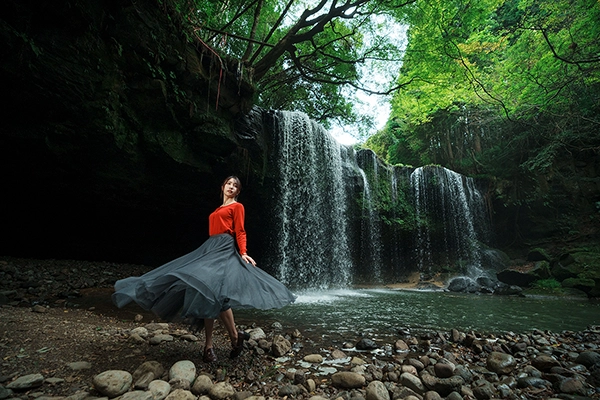
Click image to view larger
• The wider you go, the more distortion you might encounter. Trying out different focal lengths is crucial to achieve the perfect balance for your shot.
• Use leading lines like paths, winding streams, buildings, or other objects to direct the viewer's gaze through the picture. These compositional elements help direct attention to key areas, enhancing the overall impact of the photograph.
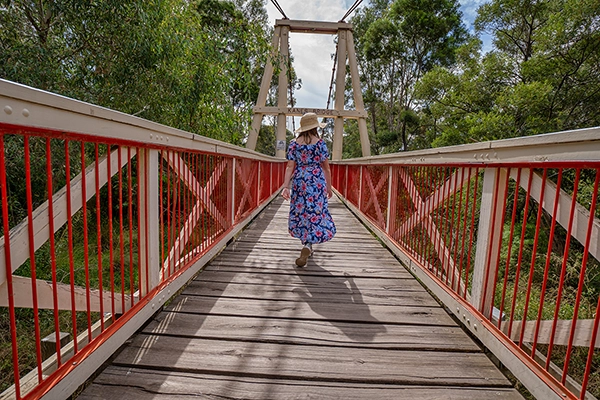
Click image to view larger
• A wide angle zoom lens is an ideal lens for street photography. The lens offers excellent depth of field and lets you capture your subject and their surroundings in the frame to tell the story. Try to shoot street photography close to your subject to make it stand out against the background.
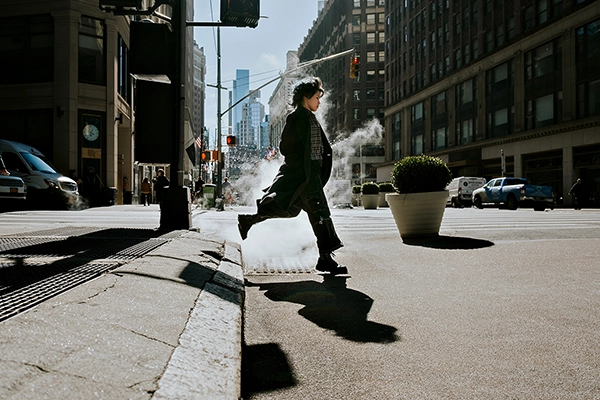
Click image to view larger
• When you use a wide camera lens for portrait or street photography, you can get close to your subject. This allows you to capture important background elements that help tell your story. Viewers will also feel like they are part of the scene when looking at your images.
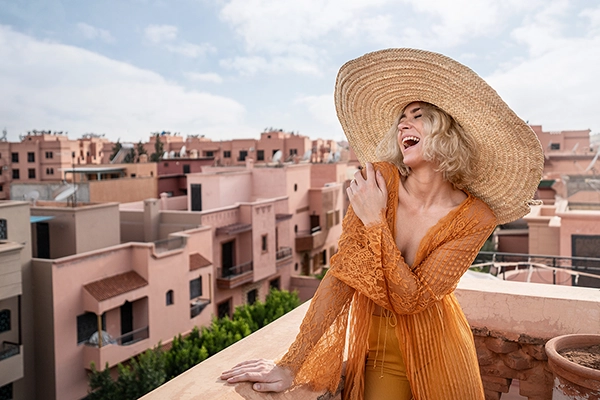
Click image to view larger
How do I choose a wide angle zoom lens?
When choosing a wide lens or ultra wide lens, consider your subject first. If you are capturing landscape vistas and night skies, consider purchasing a zoom lens that includes a focal length of 20mm or wider.
If you are photographing groups at events, or street photography, you can use a longer focal length. 28mm photography is common for these subjects.
Best Tamron Wide Angle Zoom Lenses.
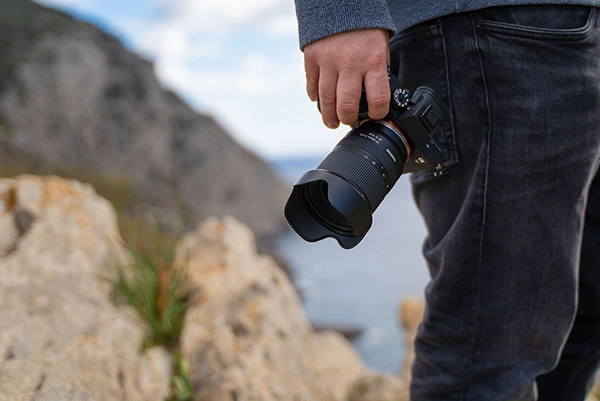
Click image to view larger
Photographers who enjoy capturing landscapes and night skies often prefer the Tamron 17-28mm F2.8 lens for Sony E mount cameras. This lens is a favorite among them.
The lens provides a focal range spanning ultra wide to wide in one small body. The lens has a fast aperture of F2.8. It includes LD and XLD low dispersion elements. These elements help fix chromatic and other aberrations.
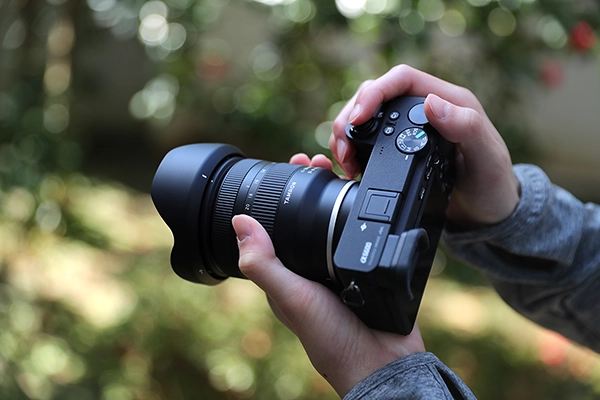
Click image to view larger
The Tamron 11-20mm F2.8 zoom lens is compact and lightweight. It fits Fujifilm X and Sony E mount APS-C mirrorless cameras. The lens is also coming soon for Canon RF mount. The lens has a wide-angle focal length and is also fast, with an aperture of F2.8.
Like the 17-28mm, this lens has moisture resistant construction and fluorine coating on the front element. This makes these lenses ideal for outdoor use.
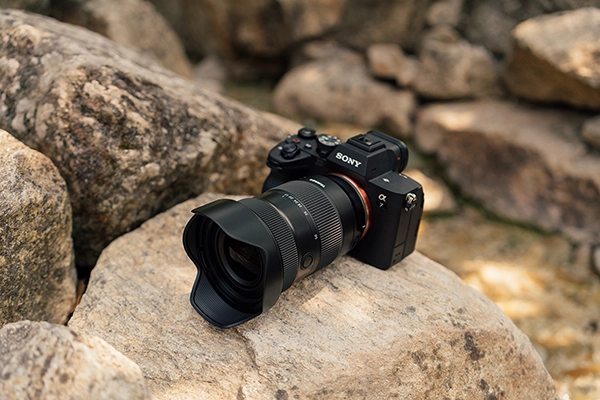
Click image to view larger
The Tamron 17-50mm F4 lens is ideal for street photographers and videographers. It has a wide range of focal lengths, from ultra wide to standard. The world’s first lens that covers ultra wide-angle to standard focal lengths in just one lens. This makes it a versatile option for capturing different types of shots.
It uses low dispersion elements, includes moisture resistant construction and fluorine coating. The lens can be customized using Tamron's Lens Utility software to suit your shooting preferences.
Conclusion
A high quality wide-angle lens is a must-have for photographers of all levels and is a versatile and powerful tool in your photography kit.
Experiment with different settings and subjects to fully explore the creative possibilities that this lens has to offer. A wide angle zoom lens can help you be more creative and explore different types of photography. You can use it for portraits, architecture, landscapes, and street scenes. This lens will enhance your photography experience wherever you go.
More Photo Tips | Watch Videos | Learn More About Tamron Lenses | Photo Gallery